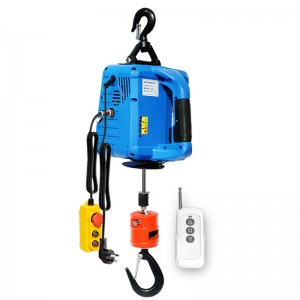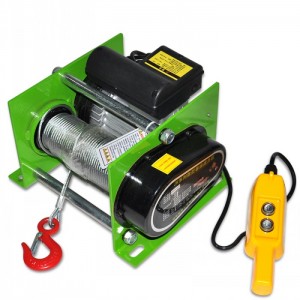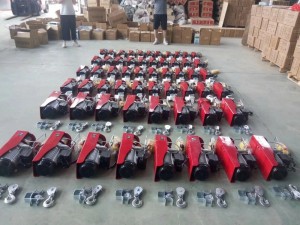Electric hoists are material handling equipment used for lifting, lowering, and transporting materials and products. They are powered by an electric motor and have a controller to adjust the lifting parameters. They are efficient in carrying heavy loads and can perform lifting tasks in which the use of conveyors and cranes is impractical and not feasible. The other types of hoists based on the driving mechanism are the pneumatic hoists (or air hoists), hydraulic hoists, and manual hoists.
Electric hoists are positioned overhead above the object to be lifted. They require access to electrical power sources, hence, they are typically found indoors. They are commonly found in warehouses, automotive servicing and machine shops, and manufacturing facilities. Most electric hoists are designed to withstand hazardous and high-temperature environments. There are also electric hoists designed for cleanroom environments that are suitable for handling food and pharmaceutical products. Safety protocols in operating electric hoists must be practiced in all environments.
The use of electric hoists increases operational efficiency by eliminating manual lifting and positioning tasks that require intense effort. They uphold physical ergonomics in the workplace. Electric hoists have faster operation than other types of hoists. They are cost-efficient and consume less space than conveying systems.
Post time: Jul-13-2022







